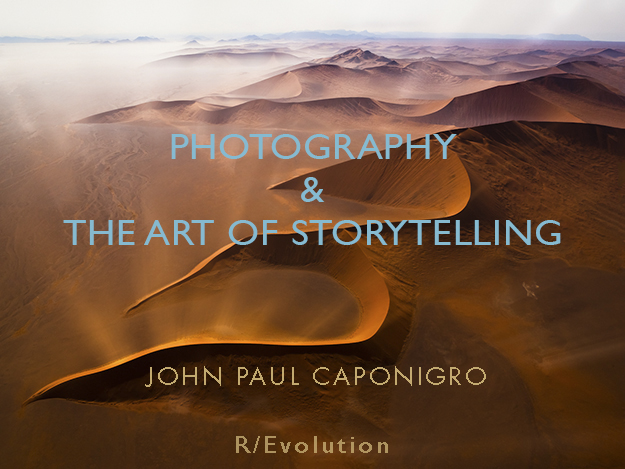Check Your Inboxes! My Newsletter Insights Is Out!
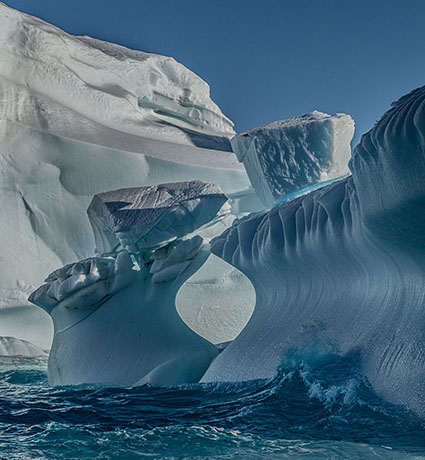
Check your inboxes!
My newsletter Insights went out today at 3 pm EST.
This issue collects inspiring photographers’ resources.
28 Collections Of Photographs
17 Q&A’s With Photographers
50 Conversations With Photographers
72 Quotes Collections By Photographer’s
99 Videos On Photographers
Sign Up Here.
The Heart Of The Photograph – David DuChemin
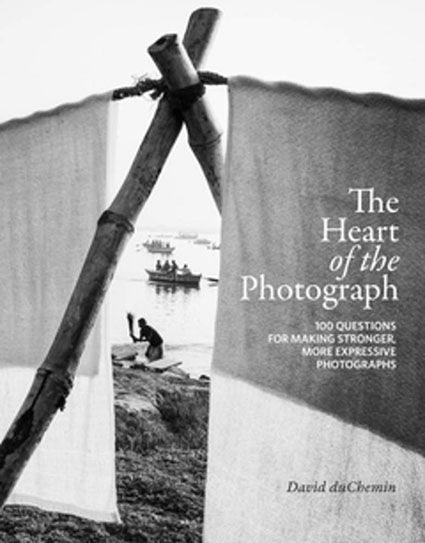
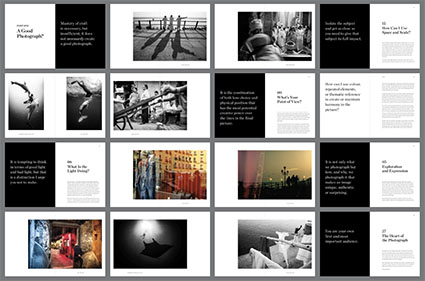
David DuChemin’s new book The Heart Of The Photograph is an emotional meditation on what really matters when we make photographs. His 100 Questions For Making Stronger More Expressive Photographs is rich food for thought and for the soul. Reading this book will give you time to pause and reflect on what matters most to you and your photography. What could be more important?
Find out more about The Heart Of The Photograph here.
Find out more about David DuChemin here.
Read David DuChemin’s Q&A here.
Read David DuChemin’s Favorite Quotes here.
View 12 Great Photographs By David DuChemin here.
5 Reasons to Use Fill and Adjustment Layers in Photoshop – Julianne Kost
“Julieanne Kost shares five reasons why you should use Fill and Adjustment Layers in Photoshop. Watch this video to learn how to incorporate these insider tips to better optimize your layers.”
For more check out Julieanne’s blog.
Read more in my Color Adjustment resources.
Learn more in my digital photography and digital printing workshops.
3 Ways to Change Colors in Photoshop – Julianne Kost
Julianne Kost shares three methods for changing colors in Photoshop.
For more check out Julieanne’s blog.
Read more in my Color Adjustment resources.
Learn more in my digital photography and digital printing workshops.
How to Modify the Edge of a Layer Mask in Photoshop CC – Julianne Kost
“Learn how to modify the edge of a Layer Mask or Vector Mask in Photoshop.”
For more check out Julieanne’s blog.
Read more in my Color Adjustment resources.
Learn more in my digital photography and digital printing workshops.
Creative Mindfulness Practices
A mindfulness practice will boost your creativity, awareness, focus, and enjoyment.
You can be as creative with it as you are with your art.
1. 7 Great Great Resources For Developing Your Creative Mindfulness Practice (01/21) |Free
The plans you make are there to further your progress.
2. What Is Meditation (08/12) | Free
How do I find inspiration?
3. Meditation Can Be / Doesn’t Have To Be A Religious Experience (08/12) | Free
Meditation isn’t a religious practice.
4. All Religions Practice Forms Of Meditation (08/12) | Free
Hinduism, Buddhism, Judaism, Christianity, and Islam all practice forms of meditation.
5. Benefits of Meditating (9/12) | Free
You will create many benefits for yourself by meditating.
6. The Physical Benefits of Meditating (9/12) | Free
There are many clinically proven physical benefits of practicing meditation.
7. Increase Your Awareness Of Your Body Through Meditation (10/12) | Free
For much of our daily lives we are unconscius of our bodies.
8. How Many Thoughts A Day Do You Think? (11/12) | Free
On average, we each think 60,000 thoughts a day.
9. How Long Should I Meditate? (12/12) | Free
The question will serve you much better if you consider it over time.
10. How To Find Time For Meditation? (12/12) | Free
You can find time for meditation without changing your schedule.
11. Increase Your Awareness Of Your Environment Through Meditation? (12/12) | Free
Spend some time becoming more aware of the miracles that surrounds you.
12. Increase Your Awareness Of Your Mind Through Meditation. (12/12) | Free
Consciousness is one of the great riddles of the universe for which there are few answers.
13. Increase Your Awareness Of Your Emotions Through Meditation.. (1/13) | Free
For most of us, when it comes to emotions, our thinking is often unclear.
Six Easy Ways to Select Colors in Photoshop – Julianne Kost
“Discover how to select color in Photoshop using the eyedropper tool, foreground, background and heads-up-display color picker.”
For more check out Julieanne’s blog.
Read more in my Color Adjustment resources.
Learn more in my photography and printing workshops.
Check Your Inboxes! My Newsletter Insights Is Out!
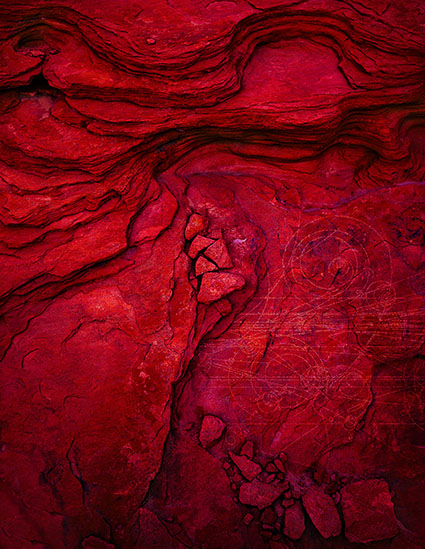
Check your inboxes!
My newsletter Insights goes out Monday, Jan 10th at 6 am EST.
This issue features …
How To Increase Hue Contrast In Your Images With Lab Color Mode.
Check it out, there’s even more.
Sign up today!
How To Increase Hue Contrast In Your Images With Lab Color Mode
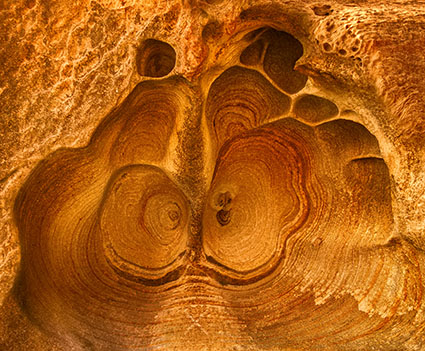
Instead of RGB, you can use Lab color mode to increase hue contrast in your images in powerful ways that no other color space offers.
How do you do it?
In Lab color mode use Curves to accentuate contrast by creating s or reverse s curves for the a and b but not the L channels without moving the midpoint.
It’s that simple. (Yes, I promise I’ll expand on this.)
However, when you use this technique there are many details that it pays to be aware of.
When To Use It
While this technique can be used on any image, it’s particularly useful when you are processing files that are predominantly one color – forest greens, oceanic blues, sandstone reds, etc. The resulting hue contrast gives these images more life by making subtle variations in hue more pronounced and more three dimensional by accentuating the differences in hue between highlights and shadows.
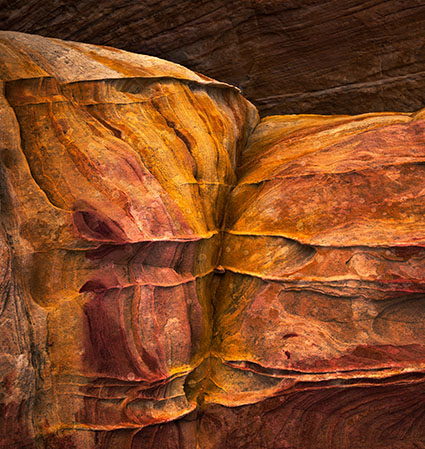
Original
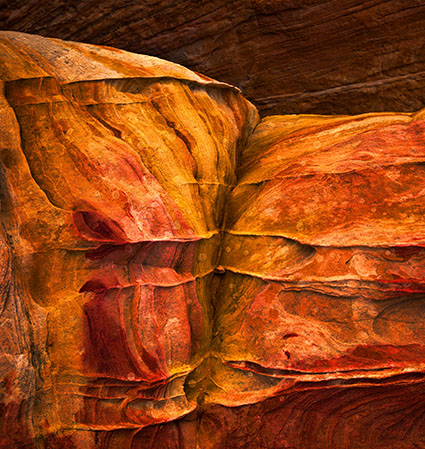
Saturation increased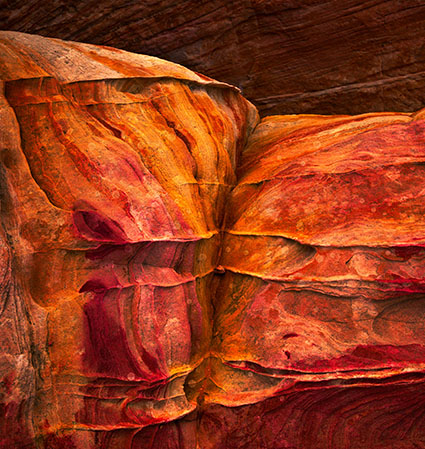
Lab a and b channels adjusted
Comparing It To Similar Techniques
This technique is similar to split-toning or cross-toning images, introducing one color into the highlights and another into the shadows, except that the hues are the captured colors accentuated rather than colors that are arbitrarily added. (For this reason this technique won’t work with black-and-white images.)
This technique is similar to increasing saturation or vibrance, which also makes different hues more pronounced but sometimes intensifies them to the point of making them appear unnatural. By comparison the modest increase in saturation boosting hue contrast in Lab produces is surprisingly naturalistic – and you may choose to keep it or not.
To the untrained eye the differences between this technique and others may seem subtle but once you train your eye you’ll appreciate the color richness it offers; they can approximate but never equal it. It’s like comparing the sound qualities of low and high fidelity audio recordings. Lab offers hi-fi color.
What The Heck Is Lab Anyway ?


